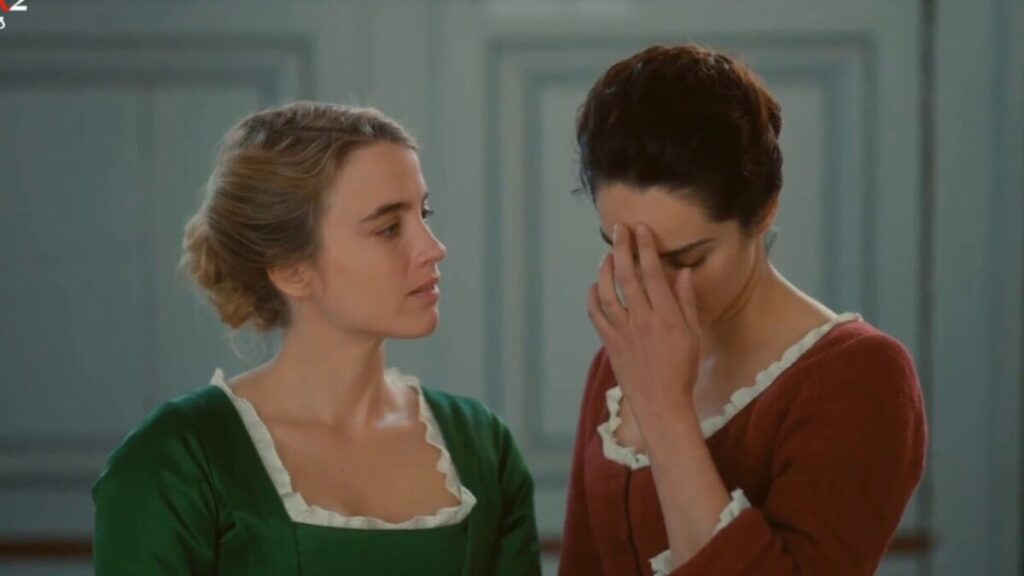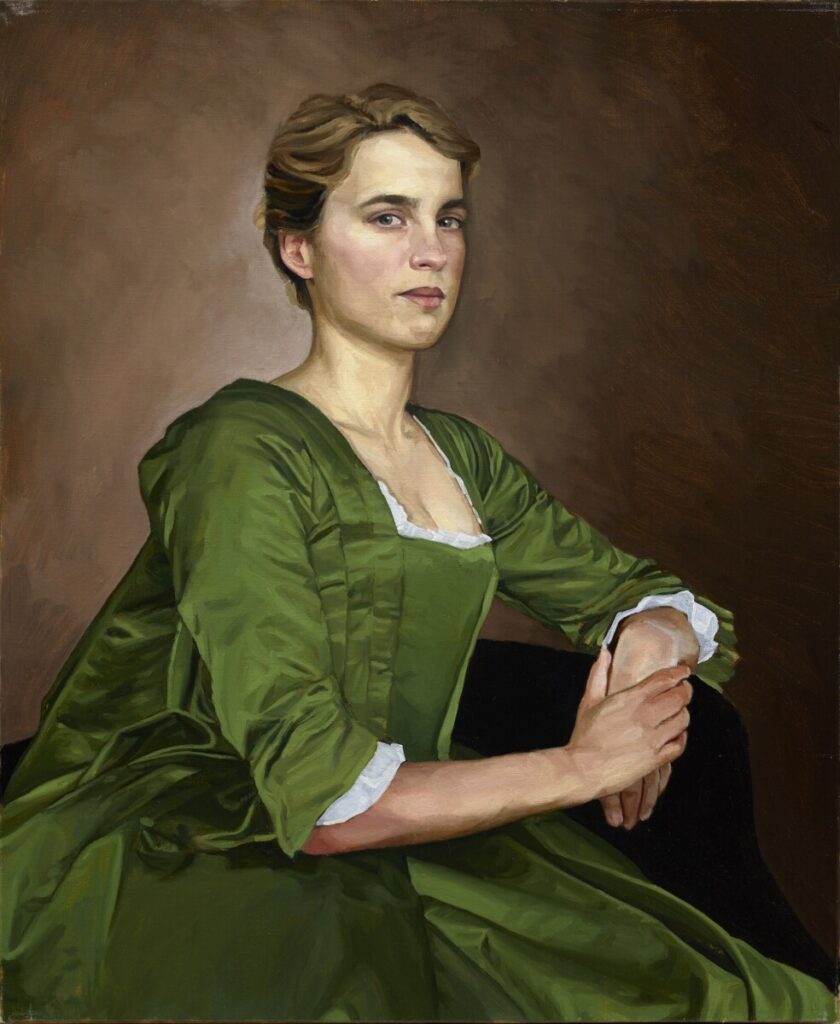To start off, I would like to say that this film is the ultimate antithesis to any Michael Bay movie. The female characters in those movies are only shown in a sexual manner, even if they aren’t doing inherently sexual things. Those films are a perfect example of the male gaze, women being shown for their bodies, cameras a lot of times looking down at the women on screen, posing, focusing at sexual angles such as the infamous Megan Fox introduction in transformers. These scenes focus on making women look desirable for a male audience.

In contrast, This film is a perfect example of the female gaze. There are maybe 3 men in this film for a total of 5 minutes on screen, rarely even speaking, but that is not what makes this a “female gaze” centric film. The female gaze is the way the cinematographer captures the women on screen, because it’s less of “capturing” and more of becoming one with the subjects. The character is portrayed in a way that showcases their personalities and emotions rather than objectifying them, and the subjects allow you to observe them, they even observe back.
This can be exemplified in one of the earlier scenes in the film, of Marianne by the fire. Marianne is naked in this scene smoking a pipe. She’s not in the presence of anyone else, she’s not posed with an arched back trying to look attractive, she is just warming up, relaxing. The camera is not looking down at her, the height of the shot ends right above Mariannes head and below her body, it is at level with her. This is what the female gaze is, it has less to do with gender and more to do with the way the subject is portrayed.

So now we have established what the female gaze is, we can view how Marianne observes this gaze through the lens of her portraits of Heloise, and how Heloise would like to be portrayed. The female gaze is not just within cinema, it affects all art forms, for example painting and writing and anywhere that people can be portrayed. Heloise is the subject for Marianne to paint, she becomes her muse, but Heloise does not wish to be portrayed. Heloise’s portrait is meant for a male audience, specifically her future husband. In this sense, everything that Marianne paints is meant for his viewing pleasure, to see that Heloise is suitable, desirable for him. We see the idealized version of this in Heloise’s mother’s portrait, the portrait that she “arrived to.” It’s almost like she arrived to an expectation of what she was meant to be; the idealized and attractive version of herself as a wife, pale and red cheeked, smiling perfectly. Heloise’s refusal to be portrayed is her not wanting to be presented for a man, her marriage is her idea of hell. We see in the earlier parts of the movie, the previous painter’s unfinished portrait of Heloise, only her body, her wrist showing her wealth, layed with jewels, it is not of Heloise but of what they believe her future husband would like. When that unfinished portrait is burned by Marianne, it is almost a message of Marianne not wanting to paint Heloise like that, coming to a head when Marianne ruins her own painting, realizing it is just the same. The camera does a closeup of the perfect Heloise, burning the lens, and subsequently ruins her, with Marianne smearing the oil, reverting back to the original painting, a male view of Heloise, done non-consensually.

When Heloise decides to finally be painted, she and Marianne are viewing each other. Marianne exclaims all of the actions she knows Heloise to do, all of the ways she reads her, thinking she has outsmarted her in a way as the artist. In this scene, we get a closeup of Marianne painting. Heloise who is seated out of frame and shown in a medium long shot, exposing her torso and surroundings. Heloise explains to Marianne that she can read her just as well, that when she stole all of those glances to begin with, Heloise was stealing them right back. The observed is equal to the observer. When the artist looks at the muse, the muse looks right back, where else would they look. As Marianne joins Heloise in the frame, they are set equal to one another. The camera goes closer in as Heloise tells Marianne that they are in the same place, as artist and muse, they share the same gaze, and as she does, the camera comes closer in to a medium closeup on Heloise as Marianne walks out of frame. When Marianne is back at her easel, Heloise has a medium closeup and is observing Marianne, who is shown in a medium long shot, exposed just as much as Heloise was, and they are set equal.

This is the heart of the female gaze, people who know they are being exposed, who expose themselves, but allow the viewer to look, because they are in control. Heloise is giving Marianne her permission to take her image, to capture that moment, and put her feelings into it. In the end, Heloise’s painting in its last glance is shown being boxed away, and it is almost looking down at the viewer when the camera is tilted up to view the image. Thus, the painting, closer to Heloise’s natural skin tone, not smiling, sitting comfortably, is how she wishes to be seen. This displays her true emotions in that moment, and is how she allows her audience, her future husband, to see her.

These are some videos that a I watched a while ago that explain very well some of the ideas I used :